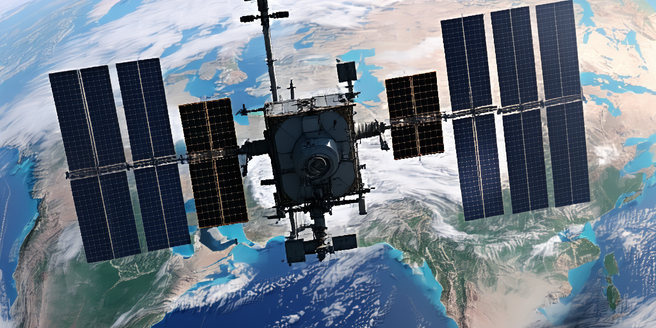
The Evolution of Celestial Mapping Technology
The history of celestial mapping is a fascinating journey through time. For centuries, celestial maps guided explorers and astronomers alike, with early representations depicted on cave walls and papyrus. As technology advanced, so did our understanding and illustration of the stars. In the modern age, electronic telescopes and satellites have revolutionized star mapping, allowing astronomers to chart the universe with unprecedented precision. The advent of digital technologies and powerful computing systems has only enhanced our capabilities, providing detailed and interactive star maps accessible to everyone. As these tools have evolved, so too has our potential for discovery, unearthing celestial phenomena that were once beyond imagination. This evolution continues to shape our understanding of the universe.
Understanding Virtual Constellations
Virtual constellations represent a fusion of traditional astronomy and digital innovation. By superimposing digital data on the night sky, these constellations allow both amateur stargazers and seasoned astronomers to envisage and explore the cosmos through an augmented reality lens. Unlike their historical counterparts, virtual constellations are not bound by physical constraints and can be customized to display current astronomical events and educational overlays. This technology is redefining how we engage with space, making the stars more accessible. Users can interact with these maps through applications on their devices, gaining insightful data and narratives about stars, planets, and galaxies. Virtual constellations serve as a bridge between celestial history and the futuristic potential of astrology.
How Technology Enhances Star Observations
Advancements in technology are continually reshaping the field of astronomy. High-resolution telescopes, both ground-based and those orbiting the Earth in satellite form, provide clearer images of celestial bodies than ever before. With the integration of computer algorithms and artificial intelligence, these instruments can process vast amounts of data efficiently, identifying patterns imperceptible to the naked eye. Augmented reality applications enrich user experiences, allowing individuals to witness real-time celestial events from their own backyards. Moreover, online platforms and community engagement tools facilitate the sharing of findings and insights among global astronomy enthusiasts. Thus, technology not just enhances our ability to observe the stars but also deepens our understanding of the universe as a whole.
Virtual Star Gazing for Beginners
For those new to astronomy, virtual star gazing offers an approachable entry point into the wonders of the cosmos. With beginner-friendly applications available on smartphones and tablets, users can embark on guided tours of constellations, planets, and other celestial phenomena. These applications often feature interactive tutorials and user-friendly interfaces that help newcomers familiarize themselves with star charts and identify notable objects in the night sky. Virtual tours can also be adjusted to match the user’s location and the current night sky, creating a personalized stargazing experience. Whether in an urban setting with light pollution or in rural areas under clearer skies, virtual star gazing opens up the night sky’s mysteries to all who have the curiosity to look up.
Challenges in Developing Virtual Constellations
Developing virtual constellations poses several unique challenges. One major hurdle is ensuring the accuracy and reliability of digital representations, which requires integrating vast astronomical data sets with real-time updates. Another challenge lies in designing an intuitive user interface that caters to both novice enthusiasts and seasoned astronomers without overwhelming either group. Additionally, technological limitations such as device compatibility and variations in user display quality must be addressed to provide a consistent experience. Overcoming language and cultural barriers also plays a part in making these tools universally accessible. Despite these obstacles, ongoing advancements in software development and collaborative efforts within the global astronomy community continue to push the boundaries of what virtual constellations can achieve.
The Future of Astronomical Exploration
The future of astronomical exploration holds immense promise with technology at its core. As artificial intelligence and machine learning continue to advance, these technologies are increasingly being applied to sift through vast data from telescopes, enhancing the precision and speed of discovering new celestial phenomena. Augmented reality and virtual reality offer immersive experiences that can simulate space exploration, allowing users to venture into deep space realms from the comfort of their own homes. The democratization of space technology, alongside advancements in commercial space travel, suggests a future where exploration is not confined to trained astronauts but is a reality for aspiring enthusiasts. The synergy between technological progress and human curiosity will undoubtedly drive the next era of cosmic discovery.
